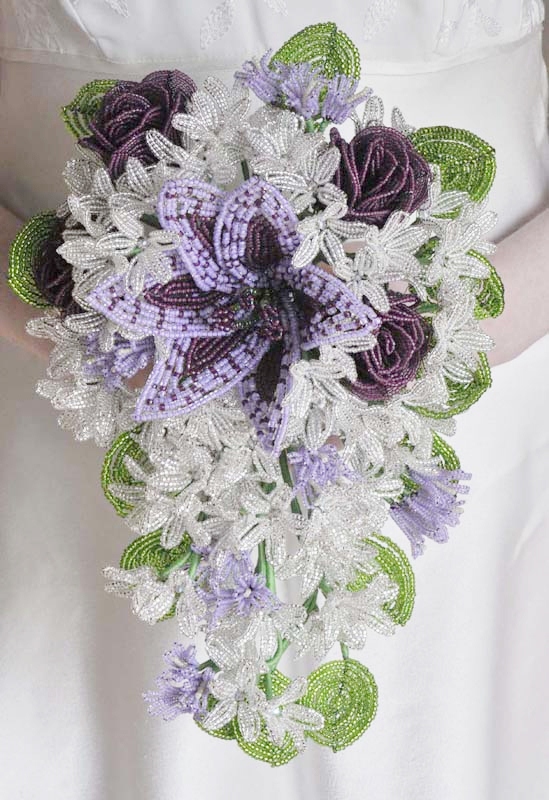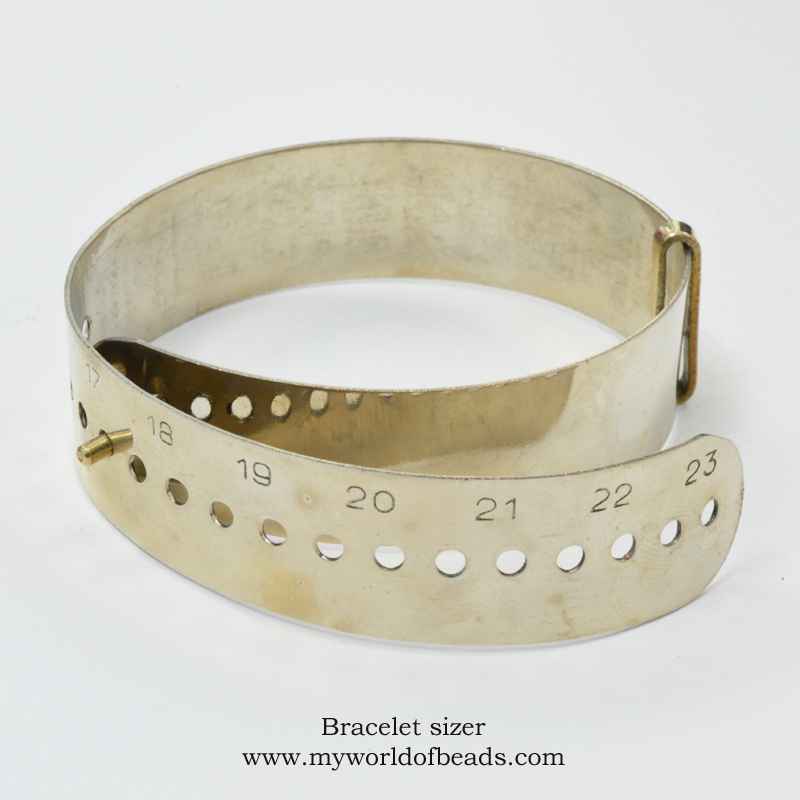Magnifiers for Beading
I’ve just had a question from Marina about which is the most comfortable out of the available magnifiers for beading. Now, I am going to start by confessing that I have never used a magnifier. However, I have taught many classes at which my students used them. So, I can certainly give you an overview of your choices. Then we’ll take a look at which is most comfortable for you.
What are magnifiers for beading?
I suspect you can probably answer this question. Beads are pretty tiny. The techniques we use to join them are often very precise. So, it can help to be able to see all this in more detail as you work.
I don’t think we have magnifiers that are ONLY for beading. The range of magnifiers from which you can choose are great for any kind of craft work – or a hobby that requires you to see things in more detail.
I’m very fortunate to have excellent eyesight at the moment. So, I have never needed to use a magnifier. I am grateful for this and hope it continues for many years. But, I’m sure there will come a time when I need a little extra assistance. So, what magnifiers for beading would I be looking at?

Table magnifiers
This type of magnifier is designed to stand on your craft table. So, you would need to place it in such a way that you can keep your beading mat and the beadwork under the magnifying area, while looking through it from above. (Click here to see a sample of this type of magnifier.)
The majority of these types of magnifier also include an LED daylight lamp. So, not only are you getting a closer view of your work, you are also seeing it under natural light. Of course, the added light also makes it easier to see what you are doing. The point of the daylight bulb is to ensure the colours you see are as ‘true’ as possible, not distorted by electric light.
Which is best…?
Now, if you google for table magnifiers, you will find a huge variety. So, how do you know which is best?
I would suggest you check the following:
- Magnification level – depending on your eyesight and the type of work you do, you may need a very high magnification, or you may be ok with something lower.
- Construction – some magnifiers are on a ‘solid’ arm which means you won’t have a lot of flexibility. Some (like this model) have a moveable arm. So, that will allow you to position the magnifier wherever feels comfortable for you to view as you work. For example, if you are a short person and your craft table is quite high, you might need to be able to lower the level of the magnifier in order to work comfortably while looking down through it.
- Fitting – some table magnifiers will clamp onto the edge of your table. Some will just stand on the table. So, depending on the set up of your beading space, a clamp may be preferable.

Floor Standing Magnifiers
I began by saying that we don’t have magnifiers for beading specifically. So, you will also find magnifiers that are designed to stand on the floor. They may have been designed with reading in mind, but they also have a benefit for craft.
If you like to sit in an armchair and bead on your lap, then a floor standing magnifier may be more helpful for you.
Hands-Free Magnifiers
I have also seen students bring along hands-free magnifiers. This type of magnifier hangs around the neck on a cord. You then rest it against your upper chest. Then, as you naturally look down to work, you are automatically looking through the magnifying glass.
It is a brilliant idea, very convenient, and often inexpensive.

Which is best for you?
I’m afraid, I can’t tell you that. Neither can anyone else. Anyone who uses a magnifier can recommend what they use (please do post your suggestions in the comments below).
But, nobody else can tell you what you are going to find most comfortable.
You can narrow down your options by thinking about how and where you want to work. So, which type of magnifier (floor standing, table standing, or hands-free) would work for you?
Once you have decided on that, it may be that the price will dictate your choice. Depending on the make and model, these tools can get pretty expensive. However, I will add a word of warning – in general, very cheap products are not likely to be as good in terms of magnification and quality.
If you have beading friends, or go to a beading group, you can ask for recommendations. You may even be able to try out someone else’s magnifier to see if you like it before getting your own.
Alternatively, try buying from a bead shop. Chances are, they will stock something that they know is going to be great for beaders. Potomac Beads have just one model in their range, so I’m guessing that’s a good one to try using. (Typically, you will find magnifiers for beading in the ‘tools’ section of a beading store).
My advice
I can see the choice available can seem overwhelming, so let me finish with a piece of advice. Check that the product specifications match your requirements. Go for the highest price that you can afford, so that should guarantee you get decent quality. Remember, whatever you start using is going to feel strange at first, but you will get used to it. So, whatever you end up choosing will almost certainly work as an option for you.
For more advice about different beading supplies, check out the other blogs in this section of the website.










